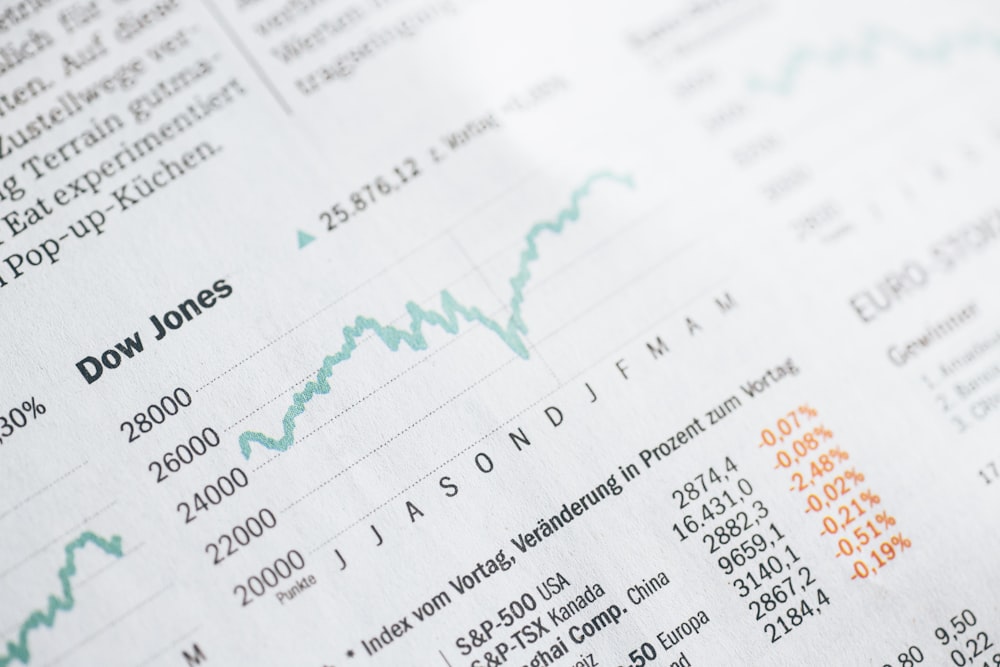Though they generally aren’t household names, SMEs (small or medium enterprises) make up the vast majority of all operational businesses worldwide. SMEs are companies that have 250 employees or less, and in ASEAN (Association of Southeast Asian Nations) countries, SMEs are estimated to be between 89% and 99% of all existing enterprises. SMEs in Southeast Asia also account for between 51.7% and 97.2% of total employment. It is no understatement to say that SMEs are the backbone of the economy and an integral part of the Southeast Asia startup scene.
Digital finance and SMEs in the Southeast Asian economy

While the six largest countries in Southeast Asia (Indonesia, Malaysia, Thailand, the Philippines, Singapore, and Vietnam) are expected to reach a combined GDP of $4.7 trillion USD by 2025, a study commissioned by Bain & Company, Google and Temasek concluded, cash in Southeast Asia is very much still king. Only 40% of financial transactions are cashless, a drastic difference from the 84% of cashless transactions in the US and UK. Furthermore, an estimated 70% of the adult population of the six largest Southeast Asian countries are either unbanked or underbanked. This means they have limited access to financial services, if any, and may not even have a bank account or access to a debit or credit card. However, many of these people do own smartphones. With the proliferation of mobile banking apps and payment services such as Apple Pay, this could change drastically in the near future.
We explore virtual banks in Southeast Asia
Lack of funding is an affliction for many SMEs in Southeast Asia, and this too can be augmented and improved by the proliferation of digital finance. Many of these SMEs can also be categorised as underbanked. Of the SMEs in the aforementioned study, over two-thirds reported they need to take out loans, but they lack access to affordable and accessible lending.
Projected and potential growth in value
Southeast Asia ecommerce is on the cusp of many changes. In Indonesia, 76% of SMEs either already accept digital payments or are poised to do so within the next few years. Digital financial services are expected to account for 11% of the total market share of the financial services industry, with an expected worth of at least $38 billion USD. About half of that is expected to be made up of lending services. Each aspect of fintech has its market share and revenue potential, depending on those factors and more. Digital payments alone—the most lucrative subset—will exceed $1 trillion USD in transaction value by 2025.
The full revenue potential could be nearly double the expected $38 billion USD, but what would an additional $22 billion USD in revenue require?
Innovation for the underbanked
The market is most interested in this segment, and it is the one presenting the most opportunity for growth for SMEs in Southeast Asia. An estimated 98 million people across the ASEAN-6 fall into this category. As mobile phone users in the region grow more comfortable with accessing a variety of consumer tech services through their phones, such as ride-hailing or ecommerce, using smartphones to access various banking services is the next logical step.

The most significant barrier, aside from consumer interest, is the available infrastructure and governmental regulations. These are both rapidly growing and making the possibilities for mobile payment and banking more efficient and easier to use for both consumers and suppliers. For example, both Singapore and Thailand have recently established standardised QR codes for mobile payment.
Banks in Southeast Asia are embracing fintech solutions to innovate
The unbanked segment of the population will require more oversight and government assistance and influence. In cooperation with telecom companies, a proactive effort will need to be made to reach these communities.
Reaching $60 billion
The US$ 60 billion target will only be possible if changes made are favourable towards SMEs. While 80% of SMEs need funding, many of the loans available have such high-interest rates; it would be financially unwise for these companies to accept the terms.
Modernisation in credit throughout the region is required for the industry to prosper. Developments made by fintech companies, and the data compiled through their use, can help make this happen. Aadarsh Baijal, a partner at Bain & Company, said, “an effective credit bureau is going to be absolutely critical if you want to fully realise the SME opportunities in the region.”
Banks are here to stay, and individuals already using traditional banking will most likely continue to do so for the majority of their financial needs. But fintech developments are poised to make banking services accessible for all, and the benefits are sure to be seen across the region.
